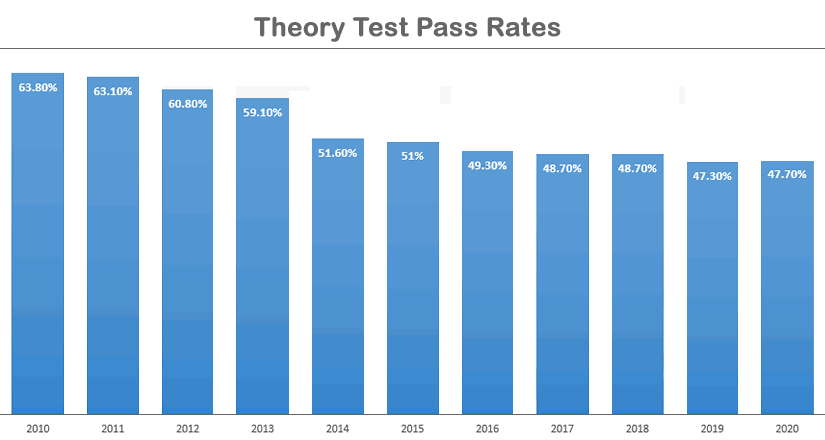

However, once ordered, an LPN can give a vaccine and follow appropriate pharmacological guidelines to administer it.Ģ019 NCLEX-RN Detailed Test Plan. LPNs are not able to do this with their scope of practice in most states because it involves developing a plan of care. Many hospitals have protocols that an RN can follow and they can actually order the vaccine after a screen. What’s the difference? The RN question involves screening and developing a plan of care for a vaccination.

C is erroneous because the scope of practice for PNs does include SQ injections (CDC, 2020). B is not the best answer because an at-risk patient needs the vaccine once and in some rare cases twice. A is not correct because the patient does not know if he received it. According to the CDC, a patient recommended for the pneumococcal vaccination should receive it if it is unknown or unclear whether or not they are previously vaccinated. If a patient is unsure, the CDC recommends vaccinating, as there is little potential harm but much potential benefit.Īnswer and Rationale: The correct answer is D. The scope of practice for PNs does not include SQ injections A patient needs the vaccine every 5 years. If he already got the vaccine, then he doesn’t need it again When you go to give the vaccination, he mentions that he might have gotten it about 6 years ago but cannot remember and doesn’t have any documentation. You are ordered to give a 42-year-old male patient that has Type 2 Diabetes Mellitus and End-Stage Renal Disease a Pneumococcal vaccination during his stay on your hospital medical-surgical unit. The HPV vaccine is currently recommended for patients under age 26.Ī similar yet different question might be asked to a PN test taker: Influenza vaccines are given during the flu season, which is September – March. Per Center for Disease Control (CDC, 2020) guidelines, this is recommended for any patient with chronic diabetes or kidney disease. Influenza attenuated (dead) SQ injectionĪnswer and Rationale: The correct answer is B – the Pneumococcal vaccination.During your admission, you screen and recommend which of the following immunizations for him. He has a history of Type 2 Diabetes Mellitus and End-Stage Renal Disease. So, what does this look like when you are sitting in front of the NCLEX?Ī question to an RN might look like this:Ī 42-year-old male patient is admitted to your medical-surgical unit at a community hospital in the month of May. The types of things that you might see in this section on both tests include the following list: advance directives, advocacy, client rights, interdisciplinary collaboration, information security, management concepts, continuity of care, priorities, ethics, informed consent, information technology, legal responsibilities, quality improvement, and the referral process.

LPNs, however, usually care for more stable patients under the supervision of an RN and participate in collecting important data that can lead to diagnosis and case management. (NSCBN, 2018, 2019b)Īll in all, the categories are more similar than divergent. The major legal difference between RNs and LPNs is that RNs can diagnose human responses, develop plans of care for patients, screen patients that might be at risk, care for complex/unstable patients, and conduct patient teaching/discharging/admitting. Meanwhile, the PN “Coordinated Care” subcategory tests participation in case management and patient teaching. So a brief view is that the RN “Management of Care” subcategory includes content that tests case management and patient teaching such as discharge care. So content will vary as laws modify to change practice for LPN/VNs and RNs. They then compile a very comprehensive practice analysis of what RNs and LPNs do and make the NCLEXs accordingly. So what the NCSBN does is every 3 years they survey LPNs/VNs for the PN test and RNs for the RN test. What’s the difference you ask? Valid question…let us explore. This subcategory is obviously important on either test since it can make up 1/5 th of the exam showing the important role nurses have in inpatient care! The care subcategory of the PN test is called “Coordinated Care” and is 13-19% of the questions (NCSBN, 2020). The care subcategory of the RN test is called “Management of Care” and is 17-23% of the questions (NCSBN, 2019a). We can go into that more in a future blog. They also have unique percentages devoted to the categories, altering the distribution of the content questions. What is the Difference Between the NCLEX-RN & NCLEX-PN Exams?Īs I reviewed in a previous blog, the RN and PN NCLEX tests have the same categories with one difference – in the care subcategory, which falls underneath “Safe Effective Care Environment”.


 0 kommentar(er)
0 kommentar(er)
